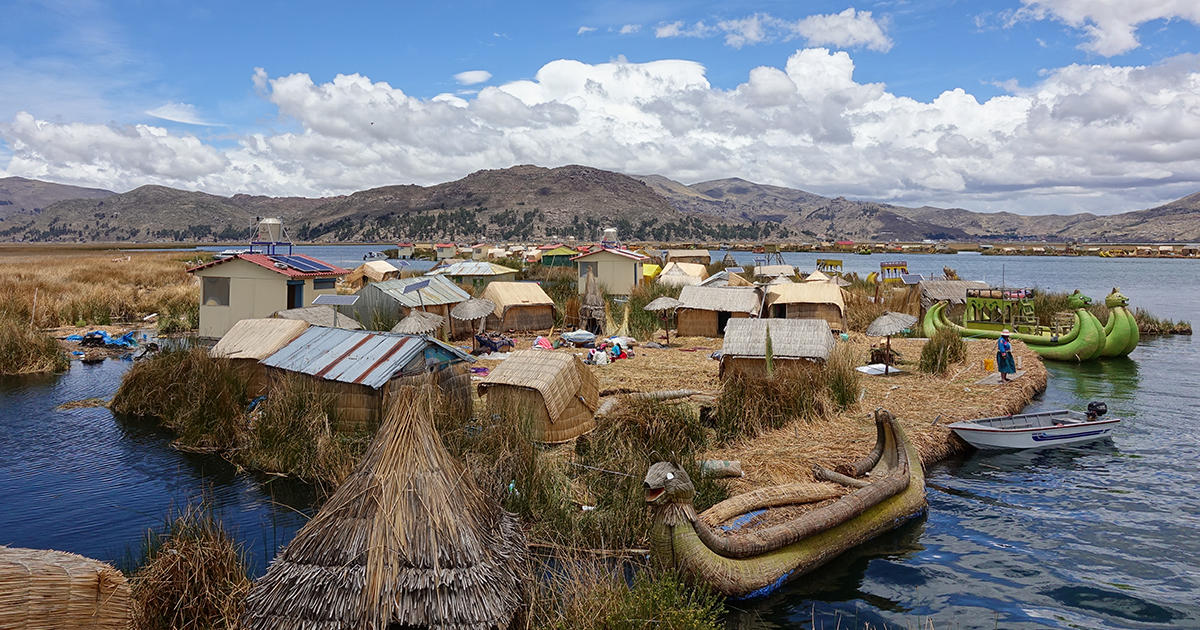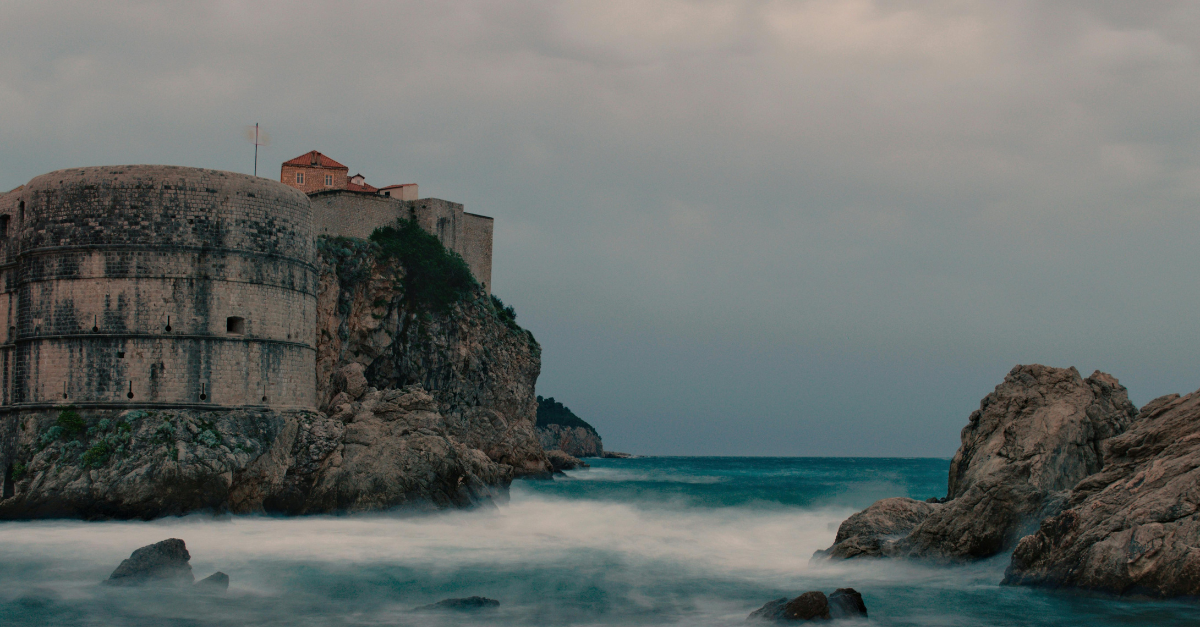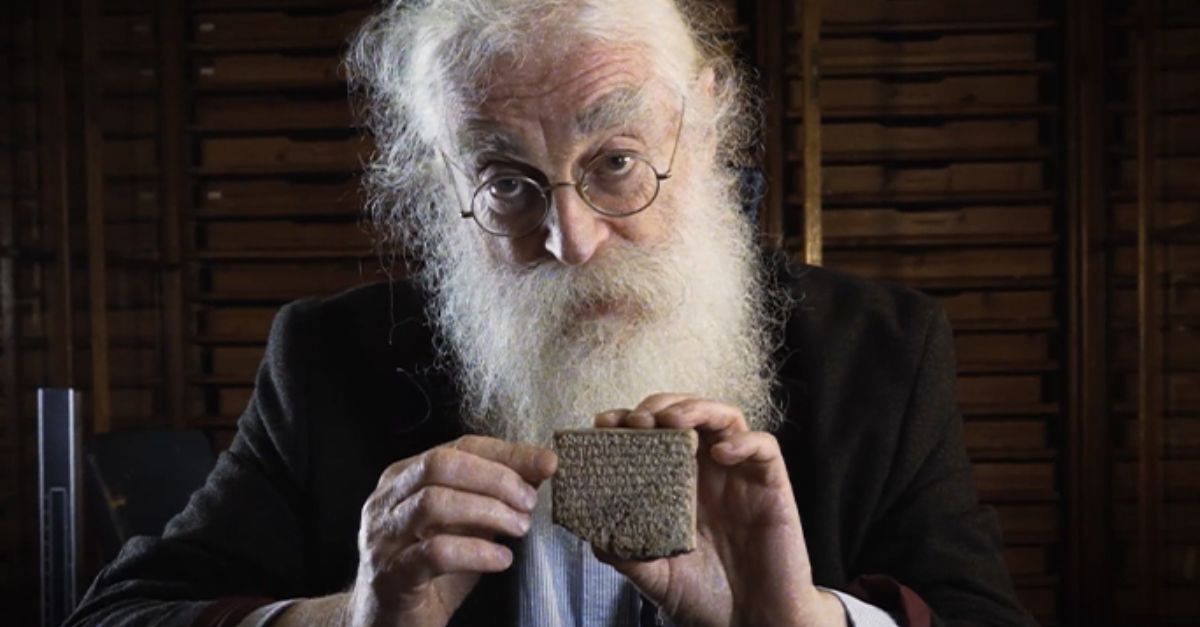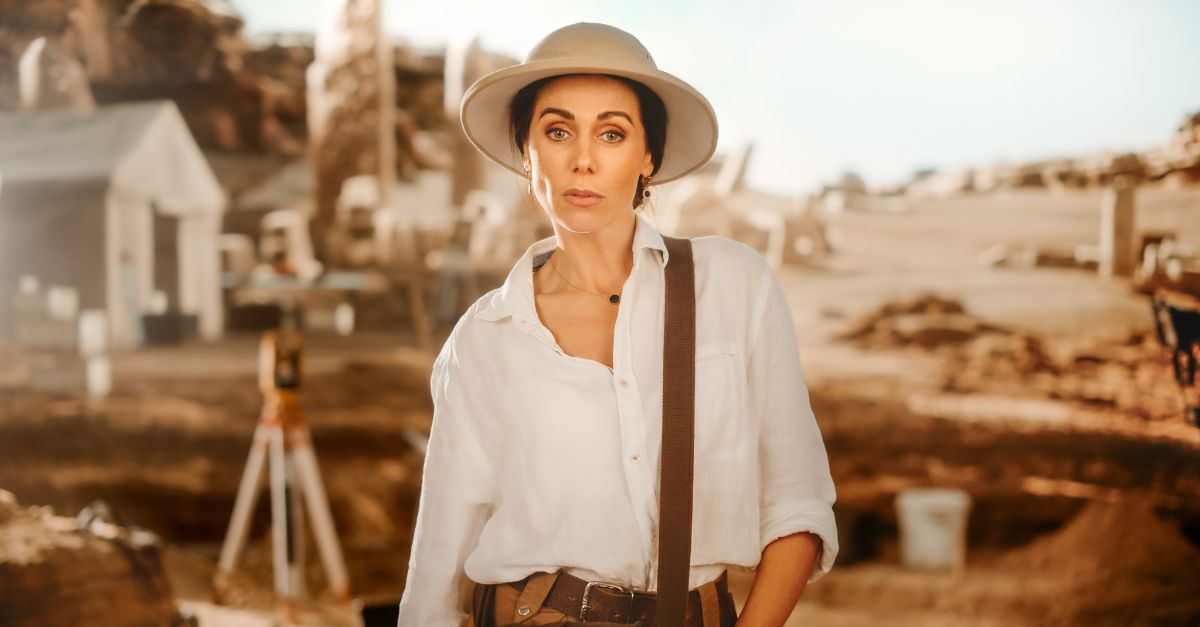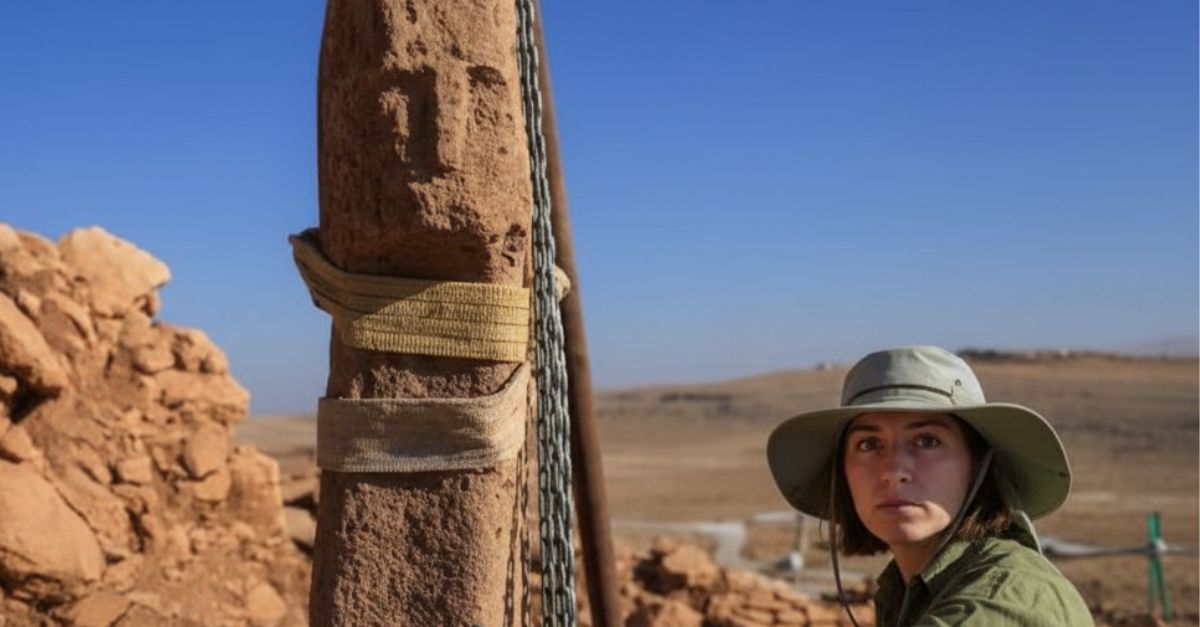The Mysterious Floating People of Lake Titicaca
Ever heard of a tribe that lives on floating islands they built themselves? Meet the Uru people of Bolivia and Peru — an Indigenous group that’s been living on water for centuries. From their unique culture to their impeccable survival skills, the Uru live a life unlike anyone else on Earth, and their floating homes are only the beginning.
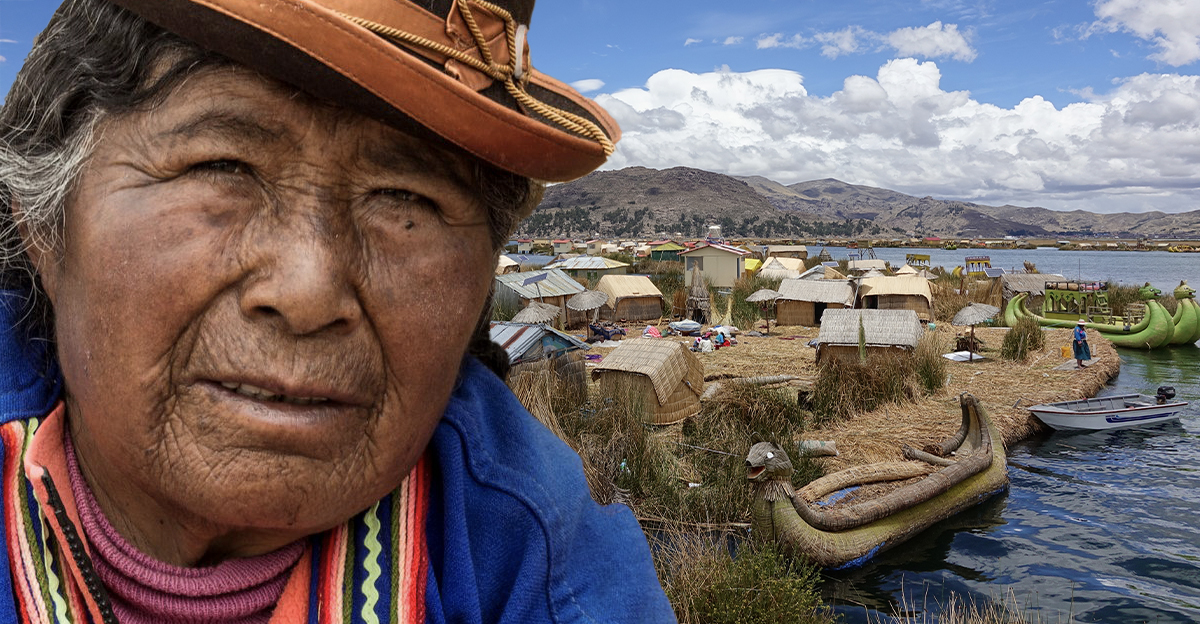
Where in the World Are the Uru?
The Uru, or Uros, live on Lake Titicaca, the highest navigable lake in the world, straddling the border between Bolivia and Peru. Most live near the city of Puno. But here’s the twist — they don’t live on land. Their homes float on the lake’s surface, on islands made entirely of reeds.
 PA, CC BY-SA 4.0, Wikimedia Commons
PA, CC BY-SA 4.0, Wikimedia Commons
There’s Only a Few Thousand Left
The Uru are a small Indigenous group, with around 2,000–3,000 people identifying as Uru today. Only a fraction still live traditionally on the floating islands. Many have moved to the mainland, but a handful continue their unique way of life in the middle of Lake Titicaca.
 Christopher Crouzet, CC BY-SA 3.0, Wikimedia Commons
Christopher Crouzet, CC BY-SA 3.0, Wikimedia Commons
Their Language Almost Disappeared
The original Uru language is called Uruquilla, and it’s nearly extinct. As more Uru began moving mainland, they adopted Aymara or Spanish, especially younger generations. However, there are efforts to revive Uruquilla and keep their ancient way of speaking alive before it disappears completely.
 5snake5, CC0, Wikimedia Commons
5snake5, CC0, Wikimedia Commons
What Do the Uru Look Like?
Uru people often have deep brown skin, dark eyes, and thick black hair. They typically wear bright, colorful clothing. Women wear layered skirts and embroidered blouses, while men might wear ponchos and wool hats. The clothing is not just cultural — it helps them stay warm in the cold, high-altitude climate.
There are many ways the Uru have adapted to their surroundings.
 veronique-mergaux, CC BY-SA 2.0, Wikimedia Commons
veronique-mergaux, CC BY-SA 2.0, Wikimedia Commons
Reeds Are Their Superpower
The Uru use totora reeds from the lake for everything — homes, boats, furniture, even fuel and medicine. They layer reeds in crisscross patterns to build floating islands, which they anchor to the lakebed with ropes and sticks. Every few weeks, they have to lay fresh reeds on top to keep things from sinking.
 Cmunozjugo, CC BY-SA 3.0, Wikimedia Commons
Cmunozjugo, CC BY-SA 3.0, Wikimedia Commons
Living on Water Is No Joke
Life on a floating island is tough. Reeds rot quickly, storms can tear through the village, and daily chores require serious balance skills. Imagine walking across a spongey surface while cooking dinner or tending a fire. It’s survival at its most creative.
 Christophe Meneboeuf, CC BY-SA 2.5, Wikimedia Commons
Christophe Meneboeuf, CC BY-SA 2.5, Wikimedia Commons
Their Floating Houses Are Reed-Made Too
Uru homes are small huts made of — you guessed it — reeds. They’re lightweight, easy to rebuild, and can even be moved if needed. Larger islands might also have schools, small shops, or community gathering spaces, all made from the same humble material.
 PsamatheM, CC BY-SA 4.0, Wikimedia Commons
PsamatheM, CC BY-SA 4.0, Wikimedia Commons
They Have a Leader on Each Island
Each floating island typically has a small group of families, and a male elder is chosen as the leader. He helps settle disputes and coordinate decisions for the group. The Uru don't have a rigid class system — they rely on cooperation to survive the challenges of water life.
 Tobias Deml, CC BY-SA 4.0, Wikimedia Commons
Tobias Deml, CC BY-SA 4.0, Wikimedia Commons
Fishing Is Their Main Food Source
As you may have also guessed, their main food source is fish, especially carachi and trucha (trout). They catch fish daily using handmade nets and boats (which are also carved from reeds). Fish is usually boiled or grilled and served with potatoes or quinoa. Birds and eggs from the lake also help add protein to meals.
 Tuvas at English Wikipedia, CC BY-SA 3.0, Wikimedia Commons
Tuvas at English Wikipedia, CC BY-SA 3.0, Wikimedia Commons
They Grow Food in Floating Gardens
Because land is limited, the Uru grow small amounts of vegetables in reed gardens called “hanging gardens.” They anchor soil-filled baskets or reed rafts to the lake, where they grow things like onions, lettuce, and herbs. It’s hydroponics… old-school style.
 Draceane, CC BY-SA 4.0, Wikimedia Commons
Draceane, CC BY-SA 4.0, Wikimedia Commons
They Cook Over Fire — Carefully
Uru people cook on clay stoves called “fogones,” usually placed on stone or thick layers of reeds to avoid fires. Cooking on a flammable surface isn’t ideal, so meals are simple and quick — often boiled fish, potatoes, or soups to stay warm in the cold mountain air.
 Pethrus, CC BY-SA 4.0, Wikimedia Commons
Pethrus, CC BY-SA 4.0, Wikimedia Commons
They Hunt And Gather, Too
Aside from fishing, Uru people hunt ducks and other waterbirds that live on the lake. They also collect bird eggs, which are considered a delicacy. Hunting is done with slings, traps, or small spears, passed down through generations. And, like many other hunter-gatherer tribes, they also forage for vegetation on land.
 Rodolfo E. Edelmann, CC BY 3.0, Wikimedia Commons
Rodolfo E. Edelmann, CC BY 3.0, Wikimedia Commons
Defense? They Used to Burn Bridges… Literally
In the past, Uru islands had detachable reed bridges. If enemies approached, they could cut off the bridge or float away entirely. In some cases, they even burned parts of the reeds to defend themselves. Living on water gave them a major survival advantage.
 PsamatheM, CC BY-SA 4.0, Wikimedia Commons
PsamatheM, CC BY-SA 4.0, Wikimedia Commons
They Used to Live On Land
Over time, the Uru were pushed off land by the Incas, the Spanish, and eventually modern governments. They retreated to the lake to stay free and preserve their identity. This isolation helped protect their culture, but it also made life incredibly tough.
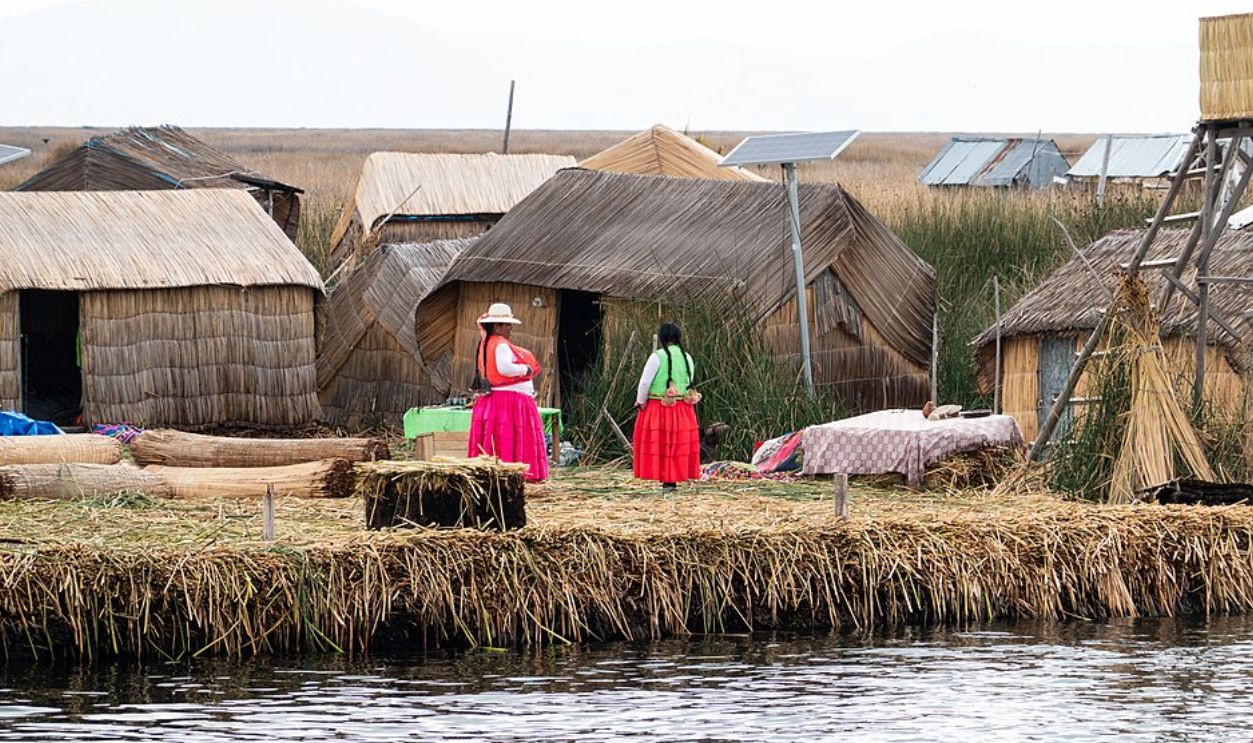 PsamatheM, CC BY-SA 4.0, Wikimedia Commons
PsamatheM, CC BY-SA 4.0, Wikimedia Commons
Floods and Windstorms Are a Constant Threat
Nature is no friend to a floating village. Windstorms can destroy houses, and flooding can sink entire islands. That’s why Uru people are constantly patching and rebuilding — it’s a life of constant maintenance, with weather as their biggest enemy.
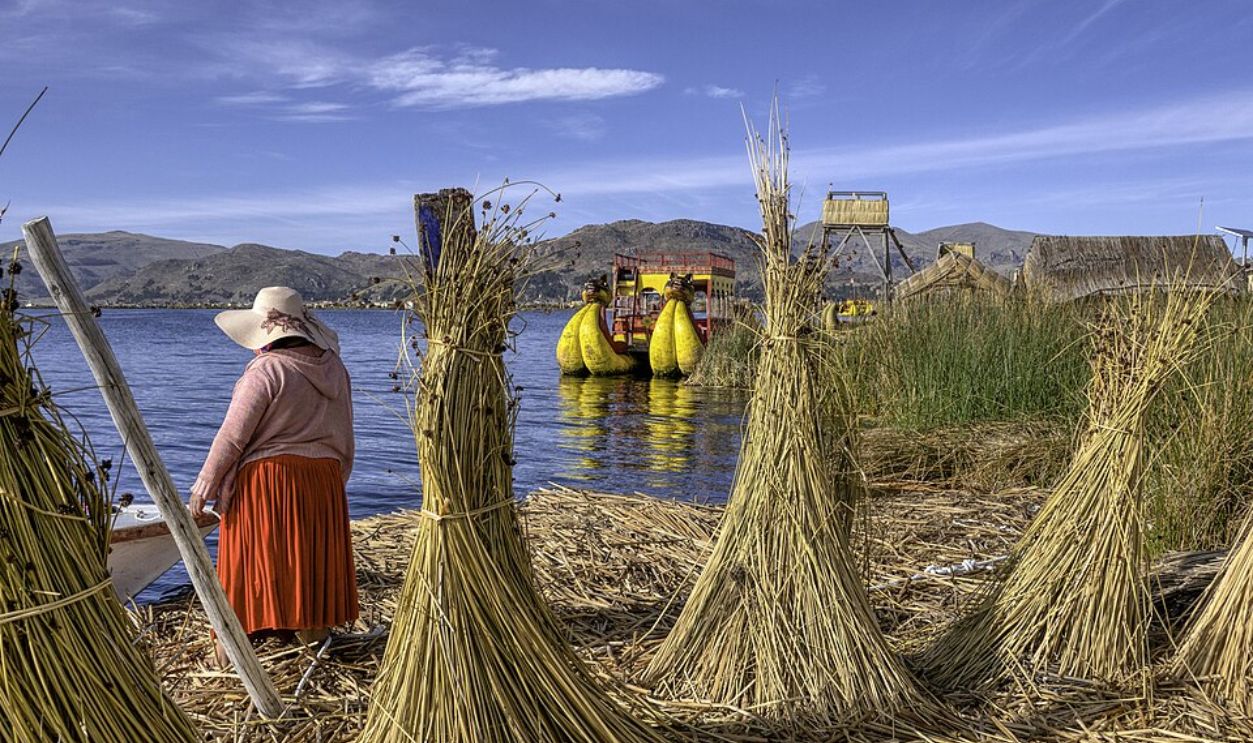 BENNY GROSS.1, CC BY-SA 4.0, Wikimedia Commons
BENNY GROSS.1, CC BY-SA 4.0, Wikimedia Commons
They Have Schools on the Water
Many larger islands have floating schools where kids learn basic subjects in Spanish. Some teachers come from the mainland by boat each day. It’s not uncommon for kids to help with chores like fishing or reed-cutting before and after class.
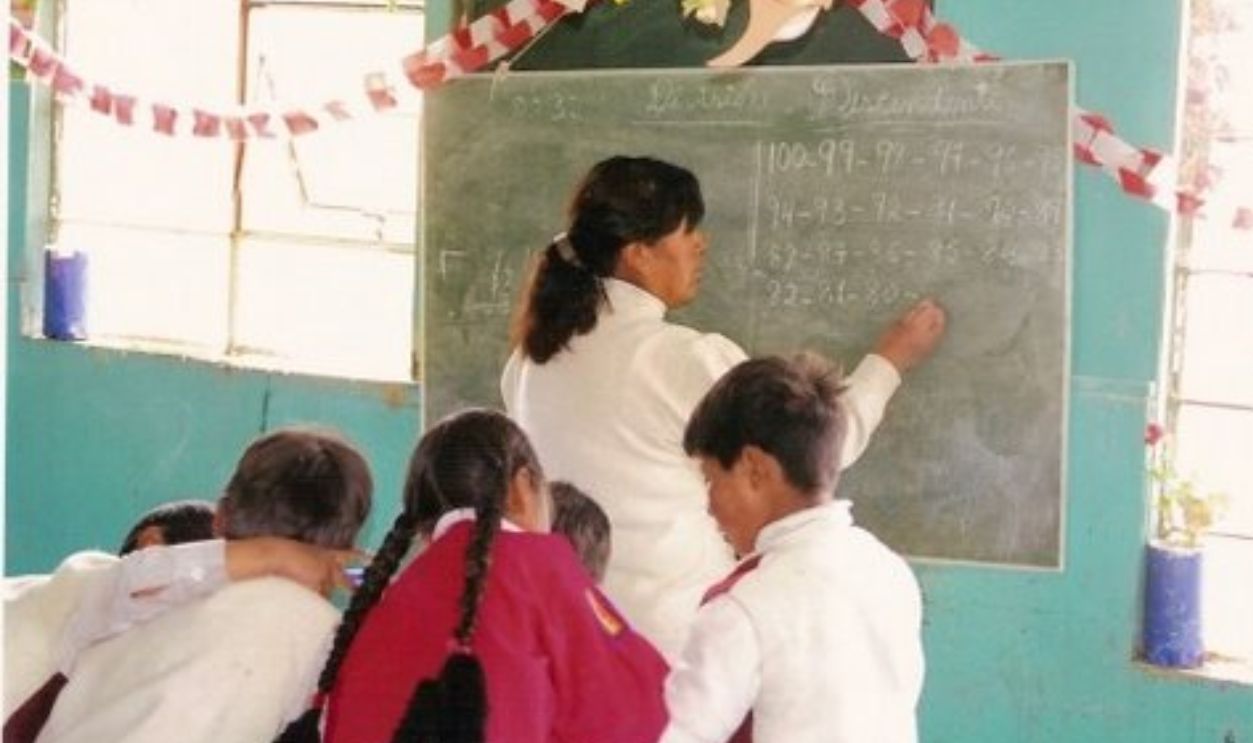 Peter van der Sluijs, CC BY-SA 3.0, Wikimedia Commons
Peter van der Sluijs, CC BY-SA 3.0, Wikimedia Commons
Their Religion Is a Mix of Ancient and Catholic
The Uru blend traditional beliefs with Catholicism. They believe in Pachamama (Mother Earth) and lake spirits, but also celebrate Catholic festivals and attend mass. It’s a unique mix of old and new, adapted to fit life on the water.
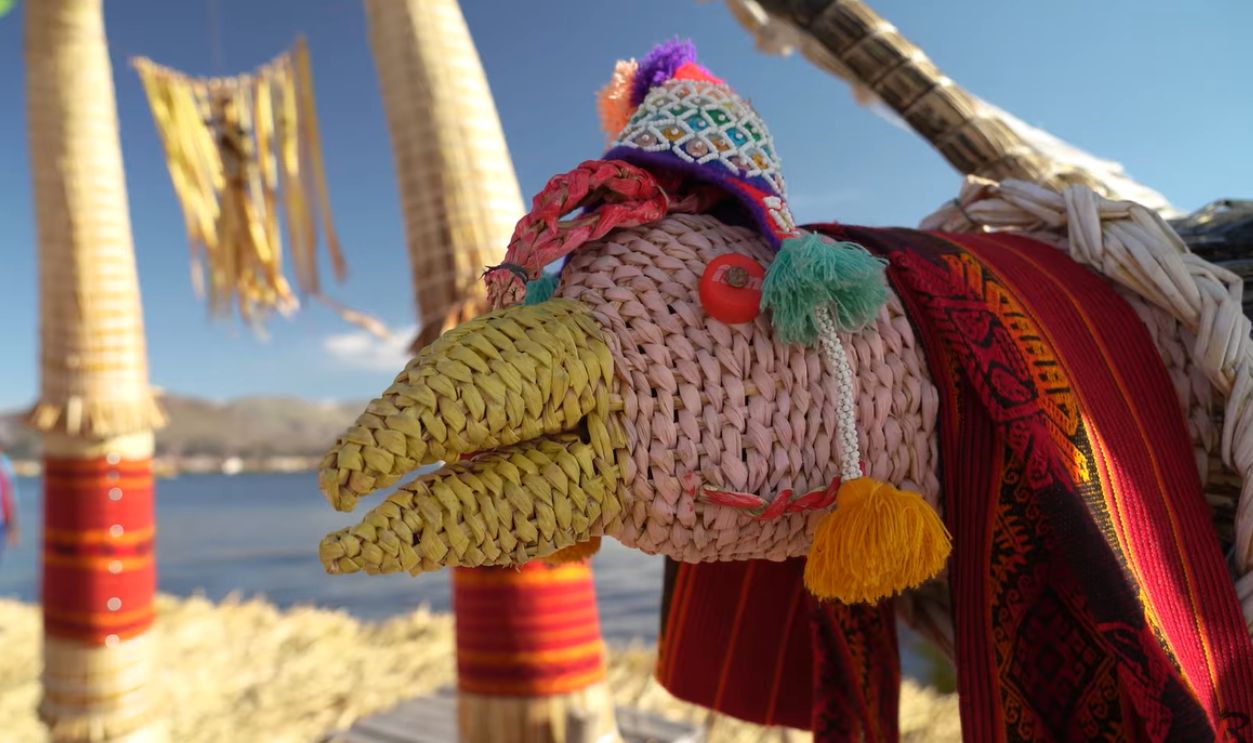 This Is Why Everyone’s Falling in Love with Peru, Radical Living
This Is Why Everyone’s Falling in Love with Peru, Radical Living
Tourism Is Now a Lifeline
Sadly, to survive, many Uru families now rely on tourism. Visitors can tour the islands, ride reed boats, and buy handmade crafts. Some families host overnight stays. While tourism brings income, it also risks commercializing their way of life — a delicate balance they’re trying to manage.
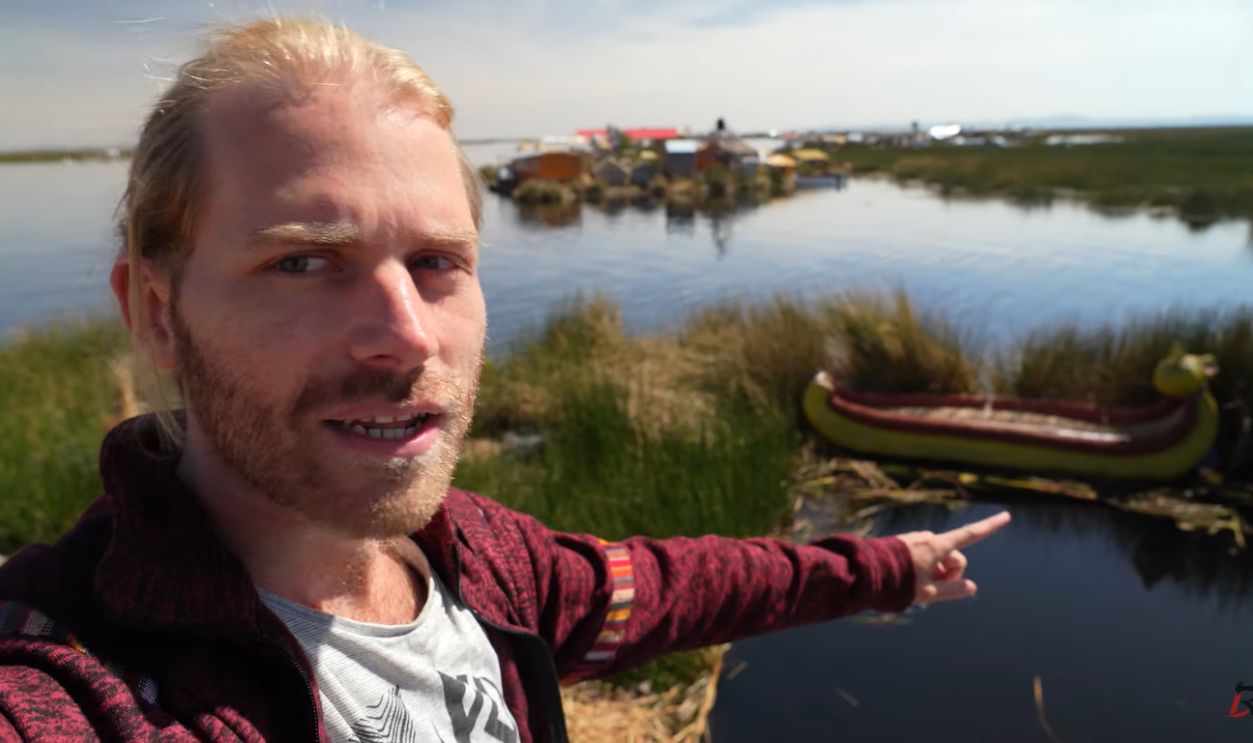 This Is Why Everyone’s Falling in Love with Peru, Radical Living
This Is Why Everyone’s Falling in Love with Peru, Radical Living
Modern Tech Is Floating In
Some islands now have solar panels to power lights, radios, and even TVs. It’s a big shift for a culture that once lived with no electricity at all. While not every island uses tech, it’s becoming more common — even on the oldest islands.
Electricity on the water is one thing, but healthcare? That's a whole other conversation.
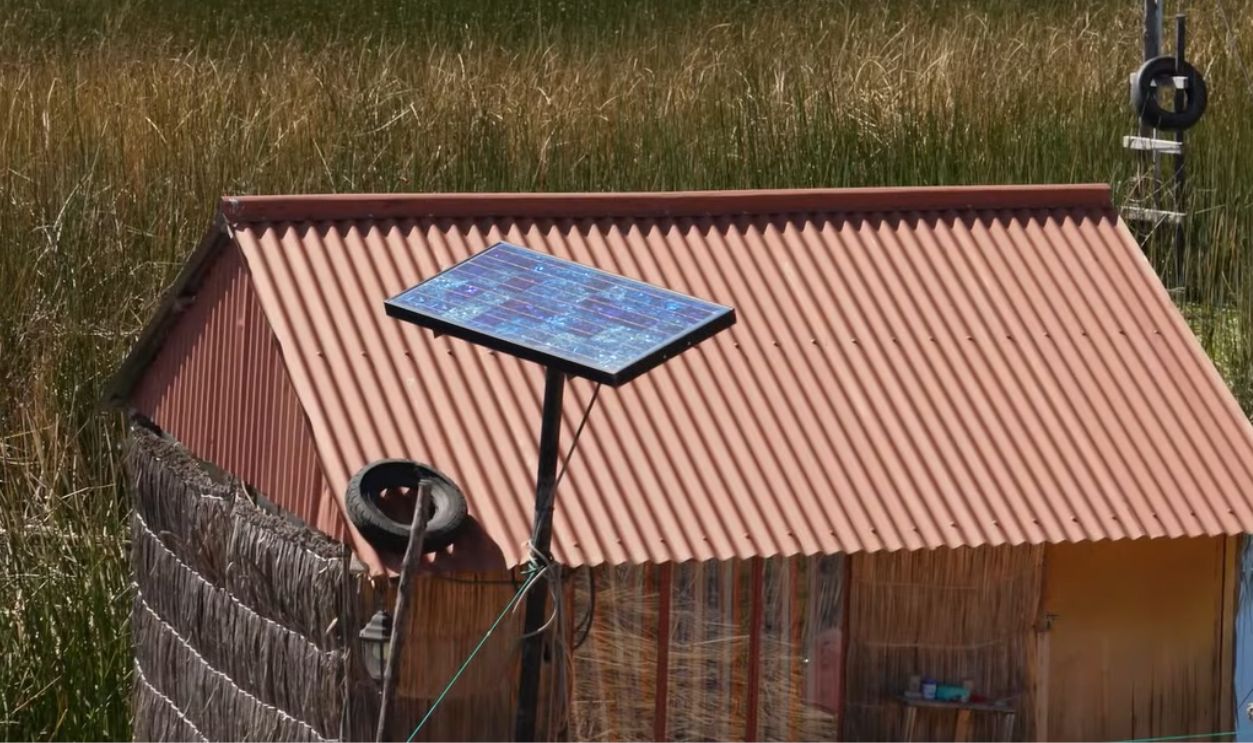 This Is Why Everyone’s Falling in Love with Peru, Radical Living
This Is Why Everyone’s Falling in Love with Peru, Radical Living
Healthcare Is Still a Major Struggle
As you can imagine, access to modern healthcare is limited for the Uru. In emergencies, they have to travel by boat to the mainland, which is rarely ever immediate enough for the need. Traditional plant-based medicine is still used often, especially for colds, wounds, and stomach issues.
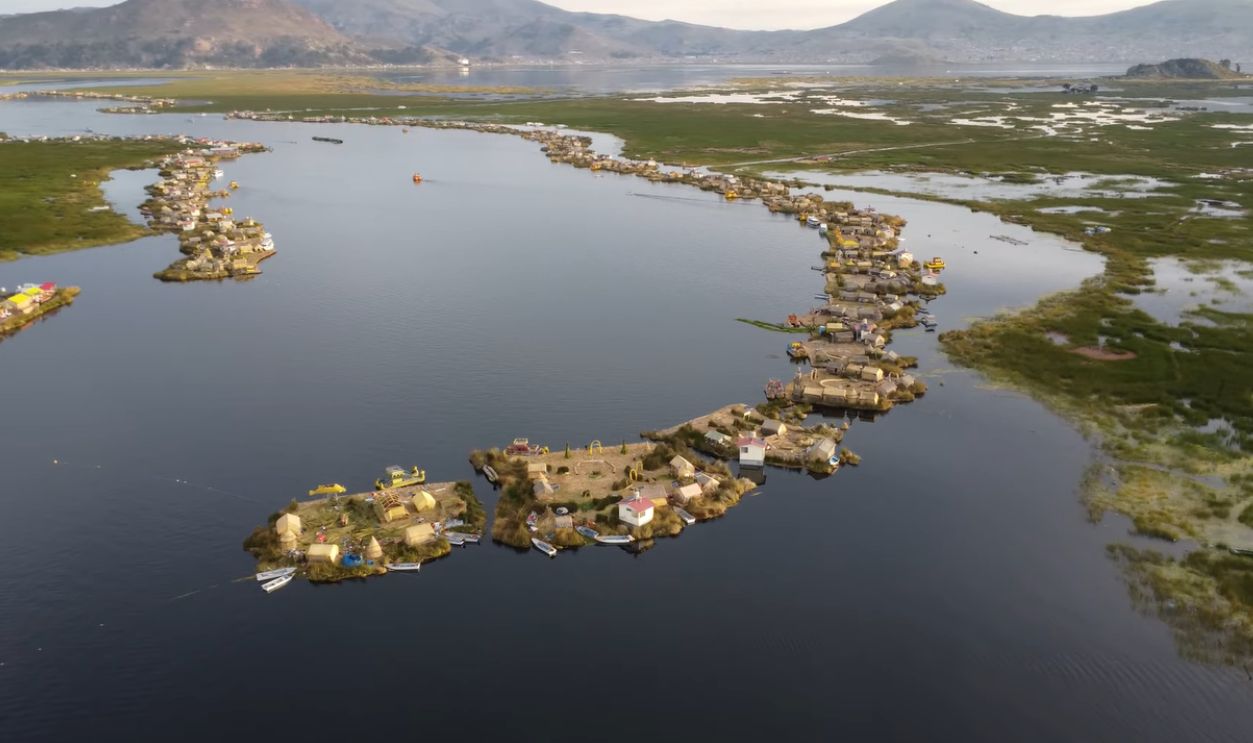 This Is Why Everyone’s Falling in Love with Peru, Radical Living
This Is Why Everyone’s Falling in Love with Peru, Radical Living
Marriage and Family Traditions
Uru marriages are often arranged or agreed upon between families. Weddings are full of music, dance, and community feasting. Families tend to be large and tightly knit, with everyone pitching in to keep the island, and culture afloat.
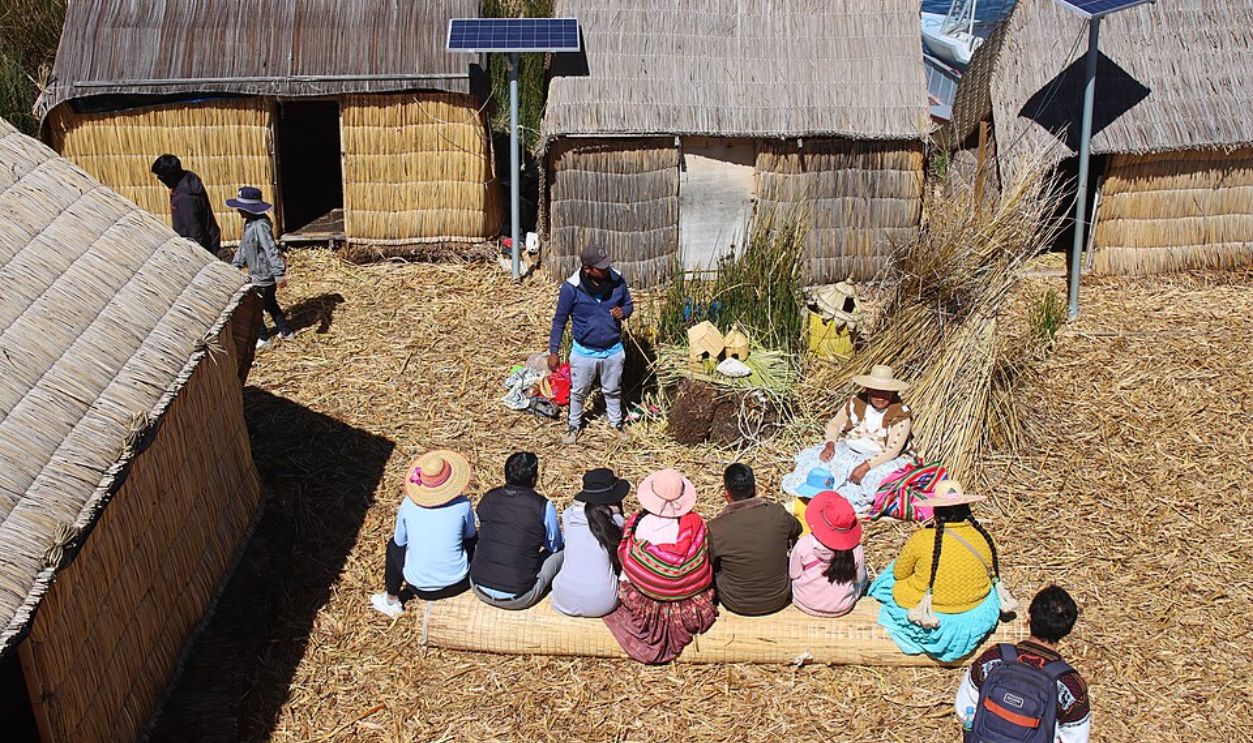 Draceane, CC BY-SA 4.0, Wikimedia Commons
Draceane, CC BY-SA 4.0, Wikimedia Commons
Art and Craft Is Their Soul
Uru people are skilled weavers and craftspeople. They make colorful textiles, reed animals, and beautiful boats for both use and sale. Craft-making is passed down from parents to children and is a major part of preserving their heritage.
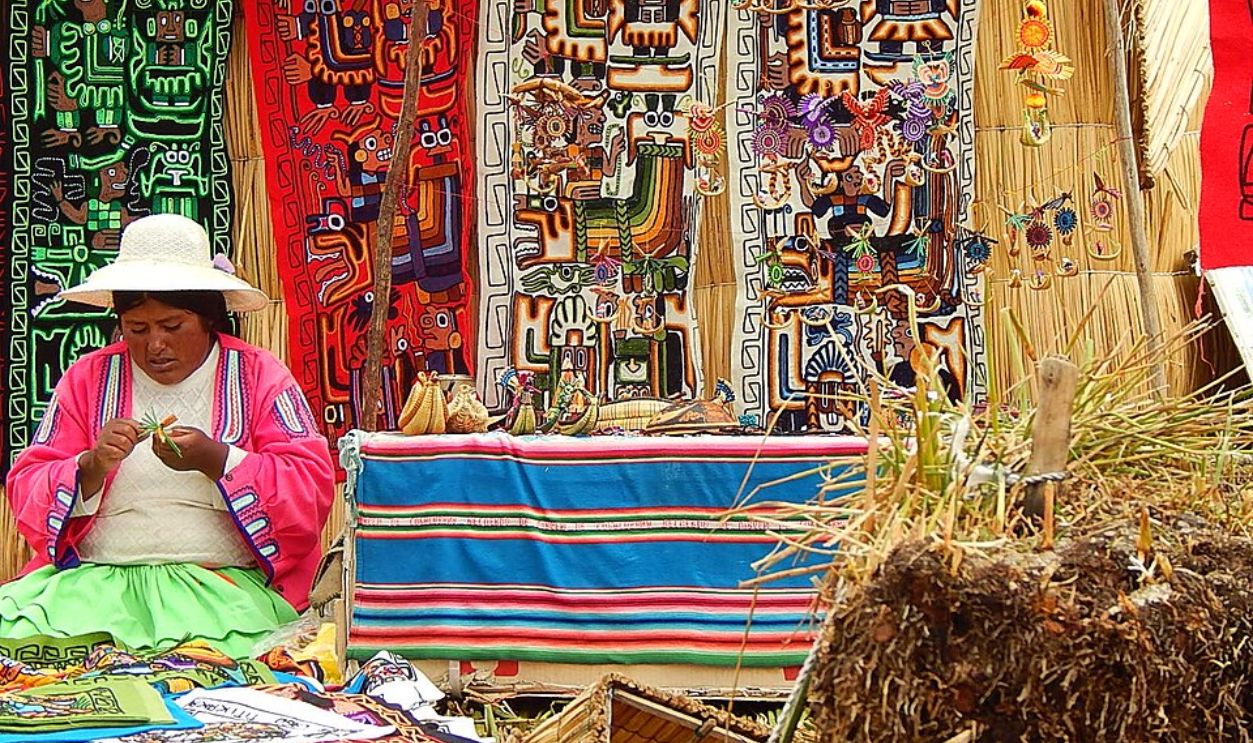 Yoli Marcela Hernandez, CC BY 4.0, Wikimedia Commons
Yoli Marcela Hernandez, CC BY 4.0, Wikimedia Commons
They’re Not Legally “Uru” in Some Places
In Peru, some Uru communities still fight for official recognition as an Indigenous group. Without legal status, they face challenges accessing resources and protecting their rights. It’s a painful reminder that their survival is still an uphill battle.
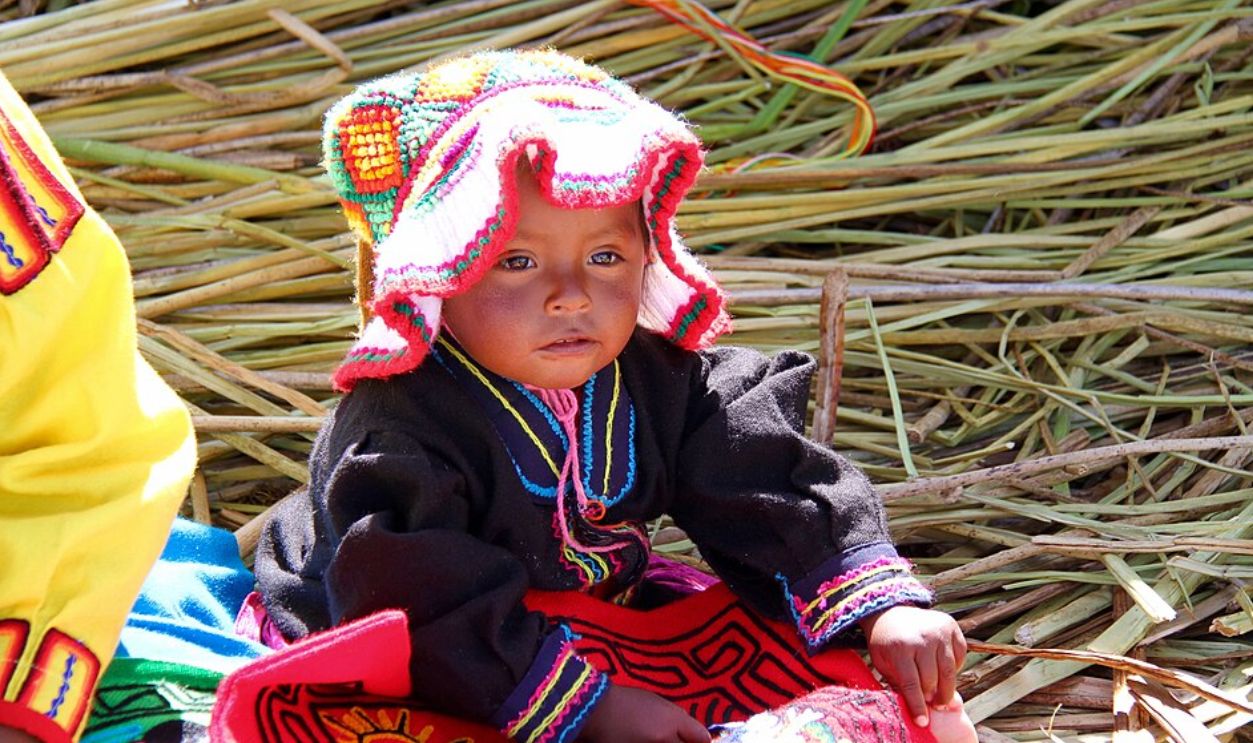 TeshTesh, CC BY-SA 4.0, Wikimedia Commons
TeshTesh, CC BY-SA 4.0, Wikimedia Commons
Some Uru No Longer Live on Islands
Not all Uru still live traditionally. Many have moved to cities like Puno, where they blend in with Aymara or Quechua populations. While they may leave the lake, many still identify as Uru and pass on stories, songs, and traditions to the next generation.
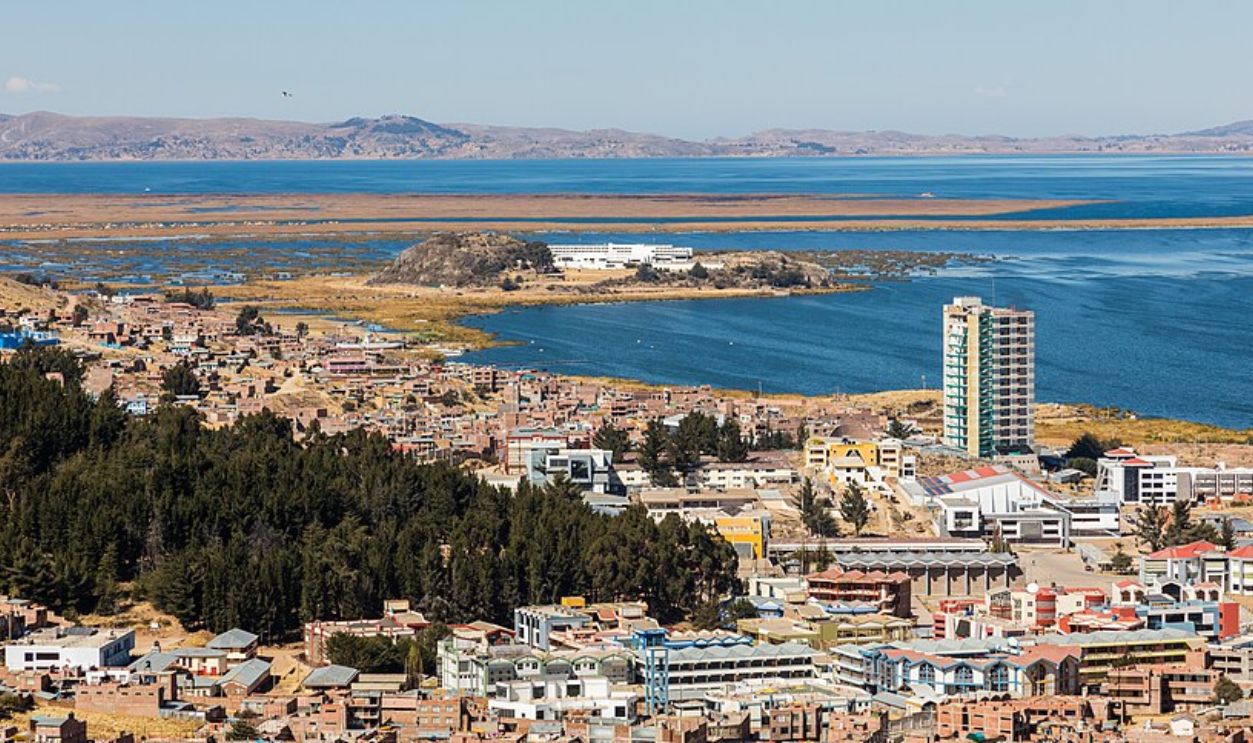 Diego Delso, CC BY-SA 4.0, Wikimedia Commons
Diego Delso, CC BY-SA 4.0, Wikimedia Commons
The Most Fascinating Part? The Islands Breathe
Here’s the wildest fact: Uru islands actually rise and fall with the lake’s water levels — like breathing giants. On stormy days, the entire village bobs and sways like a boat. It’s a surreal, living landscape that feels more alive than any city. And the Uru? They’ve been floating with it for centuries.
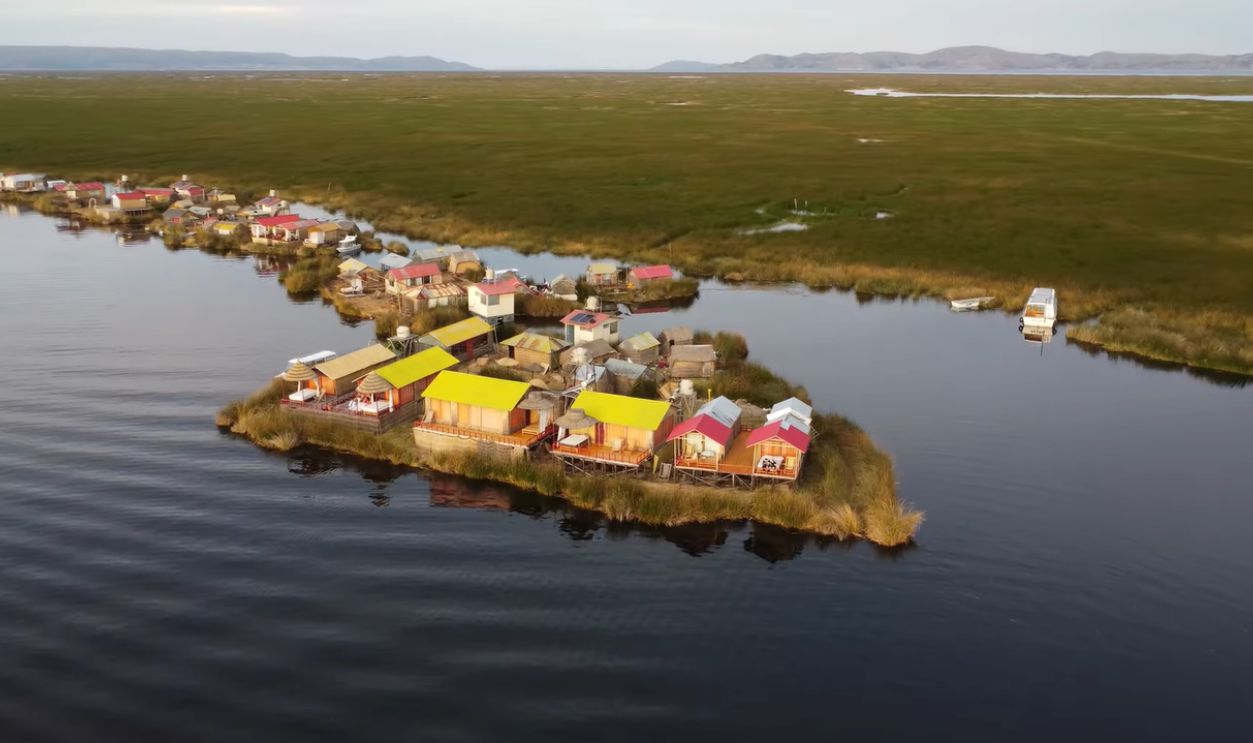 This Is Why Everyone’s Falling in Love with Peru, Radical Living
This Is Why Everyone’s Falling in Love with Peru, Radical Living
You May Also Like:
The South Carolina Turks: A Community Presumed To Be Lying For Generations
Jolo Island: The Most Dangerous Island In The Philippines
Inside The Hidden World Of India’s Vanishing Island Tribe

